5 Creative Methods That Clever Homebuyers Use To Bypass Home Loan Restrictions
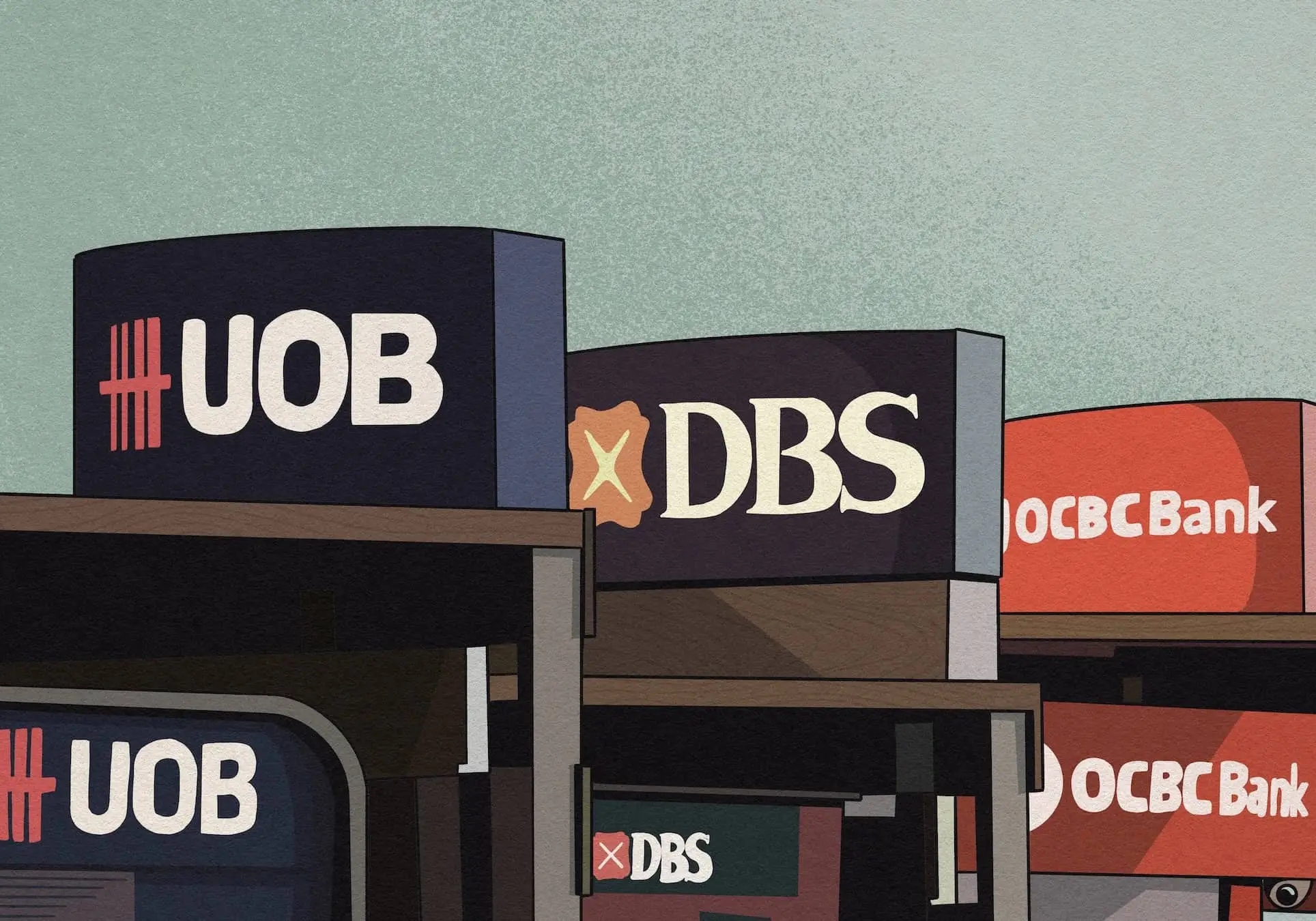
Get The Property Insights Serious Buyers Read First: Join 50,000+ readers who rely on our weekly breakdowns of Singapore’s property market.
A seasoned content strategist with over 17 years in the real estate and financial journalism sectors, Ryan has built a reputation for transforming complex industry jargon into accessible knowledge. With a track record of writing and editing for leading financial platforms and publications, Ryan's expertise has been recognised across various media outlets. His role as a former content editor for 99.co and a co-host for CNA 938's Open House programme underscores his commitment to providing valuable insights into the property market.
We’re not conveyancing lawyers, so we’re not going to assert what is or isn’t legal when it comes to bank loans. But with home prices on the rise, some homebuyers have started to get creative. Some of their tactics may fall into a grey area, or are just open secrets in the industry; but some of them may even be flat-out illegal. If you’re told to use any of these methods, be wary: there’s always a catch involved. You may get the loan you want, but at a bigger cost to you later:
1. Indirectly using cash-out refinancing to buy another property
Cash-out refinancing is a loan option that’s only available for private properties. In most cases, a cash-out refi allows you to borrow up to a percentage of your property value (usually capped at 75 per cent), minus your CPF usage.
E.g., if you have a $1.5 million property and used $500,000 from CPF, you might be able to “cash out” $625,000.
The interest rate and exact terms vary between banks. This is usually a way to get money from your property without having to sell it; and in case you’re wondering, yes, this does put your property up as collateral – fail to make repayments, and the bank will foreclose.
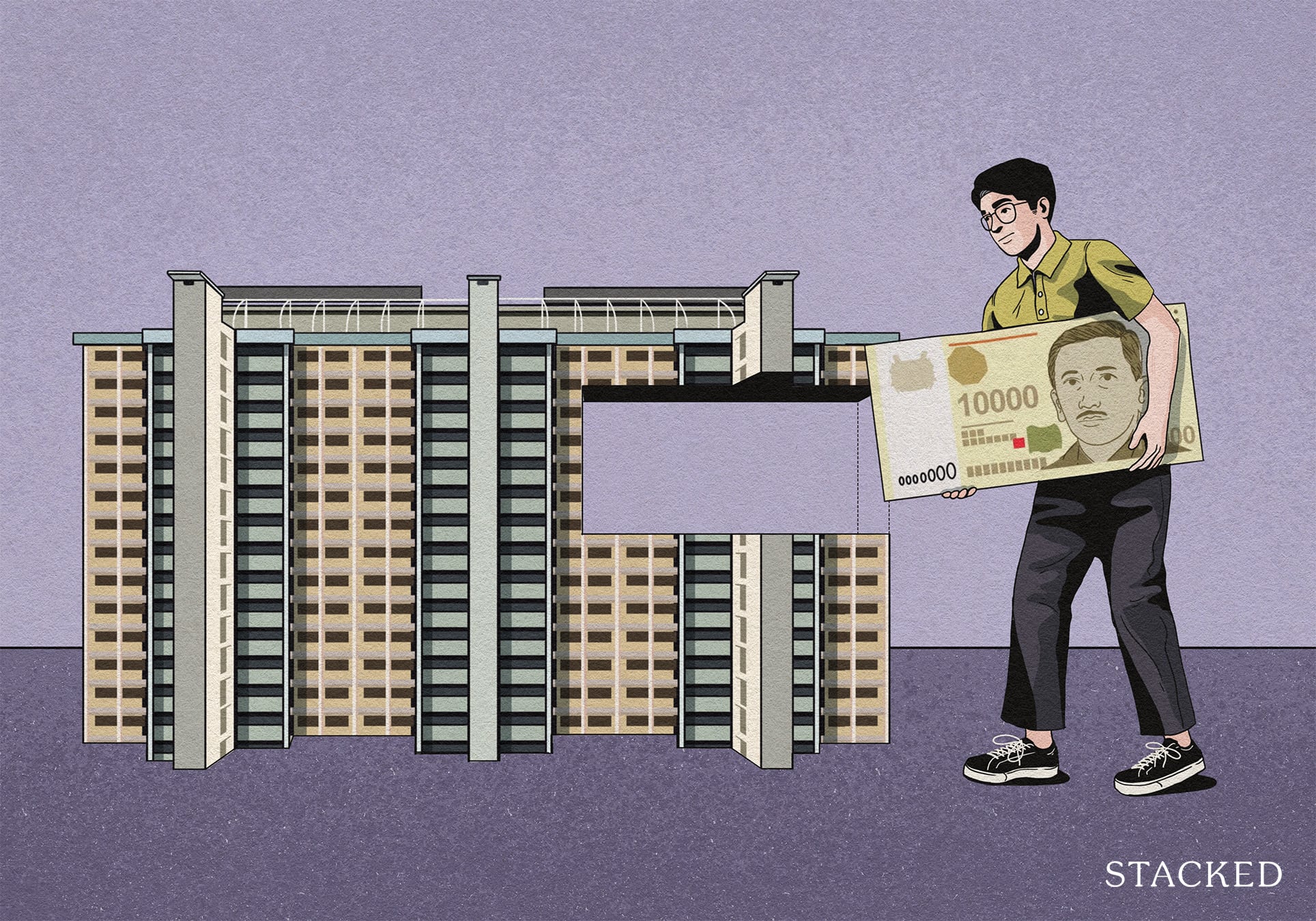
One of the rules behind cash-out refinancing is that you’re not supposed to buy another property with it. However, some buyers use an indirect route: they cash out their property, and then use the loan to purchase some other kind of asset, such as stocks, bonds, etc.
Later, they sell the stocks, bonds, or other assets, and use the sale proceeds to buy a second property. In theory, they didn’t use the cash-out loan to buy another property – so they didn’t break the rules.
This method of circumventing restrictions may amount to fraud (although again, we’re not a law firm). It may boil down to whether the lender notices, and decides to pursue legal action.
Some financial professionals have also told us there’s an added layer of risk (as obvious as it sounds), such as the intermediary assets (the stocks, bonds, or other assets purchased with the loan) tanking in price before you sell them.
(Also remember cash-out refinancing is still subject to TDSR limitations).
2. Try to push the valuation for a higher loan amount
The current home loan limit is 75 per cent of the property price or valuation, whichever is higher (excluding other factors like age, loan tenure, lease decay, and so forth, which may decrease the maximum limit).
Some buyers may struggle with the initial cash down payment, if there’s a big discrepancy between the seller’s asking price and the actual valuation. E.g., if the seller wants $1.8 million and the valuation is $1.7 million, this means an extra $100,000 in cash.
Some of these buyers will try to solve the issue by pushing for a higher valuation. This often means having a mortgage broker – or even multiple brokers – call around at different banks, until they find one that accepts the highest possible valuation.

While this can increase their loan quantum, a common drawback is that they end up with a higher interest package. The bank that accepts the highest valuation may not be the cheapest bank at the time; and over the long term, they could end up paying quite a huge difference. You can check out this article to see the difference of even a slightly higher interest rate.

Property TrendsBeware Rising Home Loan Rates In 2022: We Breakdown Exactly How Much It Will Cost You As Interest Rates Increase
by Ryan J. OngSome buyers still think it’s worth it though; and we’ve heard some claim that, with a higher valuation, they can also expect to borrow more against the property later (see point 1), or have better price support upon resale. But these are not guaranteed, as future refinancing attempts may require another valuation at that time.
3. Temporarily flash some money, to get a higher assessed income
This is something of an open secret in the property market, and it’s been around for years. When taking a home loan, you need to meet Total Debt Servicing Ratio (TDSR) requirements: this restricts your maximum monthly loan repayment, inclusive of other debts, to 55 per cent of your monthly income.
If you bust the TDSR limit, you need to borrow less (i.e., make a bigger down payment, until the monthly repayments fall below the limit.) But some homebuyers don’t have that much cash available.
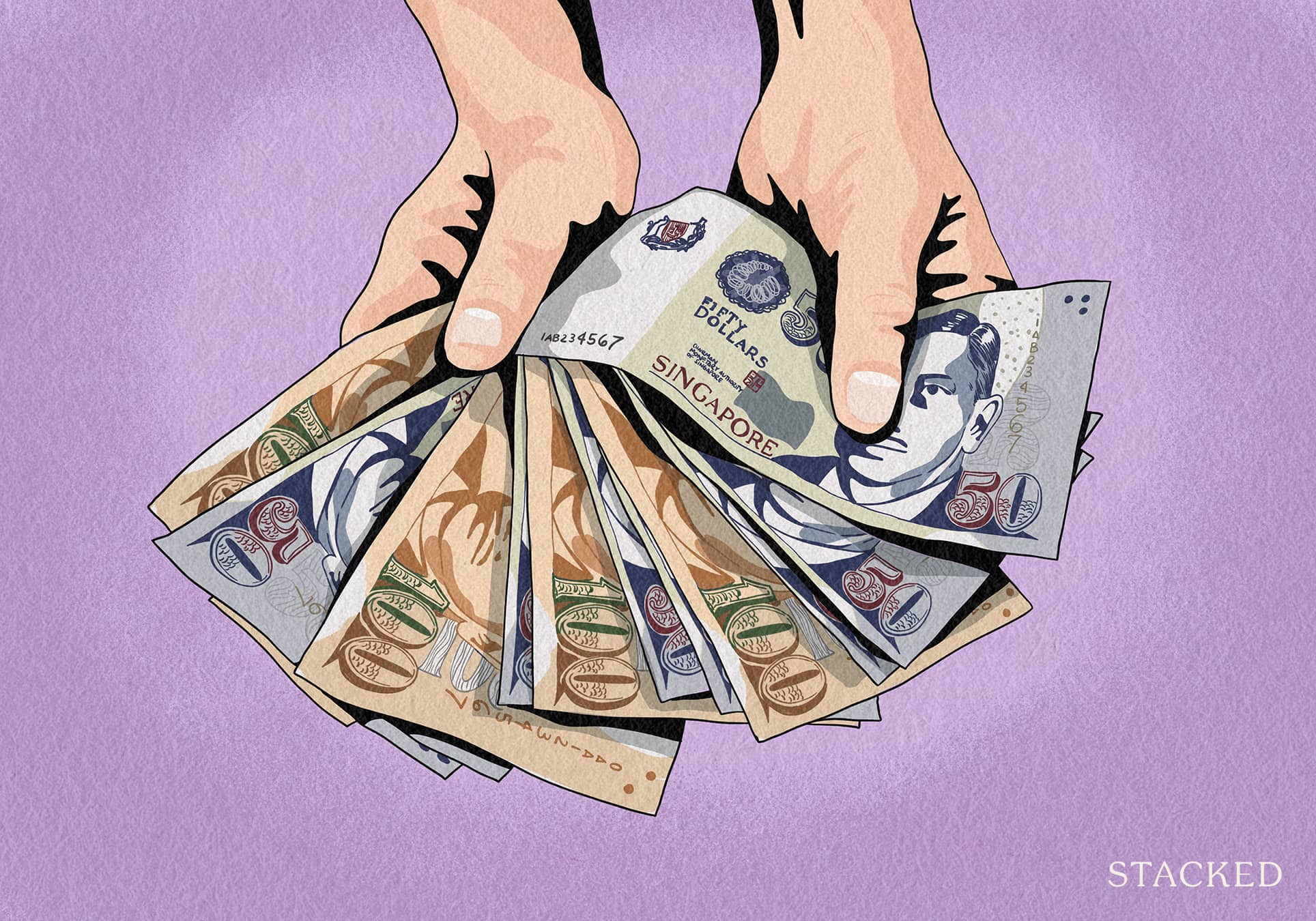
Fortunately, some banks are willing to treat your monthly income as being higher, if you can just show them you have the money. The exact terms vary between banks; but an example would be depositing $100,000 with the bank, to have your income treated as being $1,000 more per month. Note that you will have to do the show of funds twice, once before obtaining OTP, and once more before completion.
The trick here is that no one really checks where the money comes from, and some banks allegedly don’t care if you withdraw the money soon after. In this scenario, it’s plausible for a buyer to, say, borrow cash from a parent or other trusted person, and temporarily park it with the bank to meet the TDSR. Later, once the loan is approved and the property is bought, they withdraw and return the money.
4. Artificially inflate or change variable income sources
If you have variable income sources, such as rental income or sale commissions, the bank will apply a haircut of 30 per cent to your assessed income. This normally means taking whatever your last IRAS tax form says and cutting 30 per cent of the visible monthly income.
This can make it harder to meet TDSR limits, so some buyers take steps to inflate their apparent income. Some methods are as simple as raising their declared income (and hence paying higher taxes) the year before the loan application; but more elaborate methods exist. Some borrowers may also change their source of variable income, such as by reallocating their portfolio assets to have a higher proportion of fixed-income products.

Whether these methods work will vary based on the bank in question, and we’d reach out to a mortgage broker to ask first. We have heard, for instance, that some banks refuse to consider stock dividends and bond coupons alike, when it comes to TDSR calculations – so there’s no point reallocating.
At the extreme end, some resort to having relatives or friends claim to “rent” their property at higher-than-usual rates, or set up shell companies that supposedly pay them high fixed salaries. We’re not legal experts, but we suspect most of these would make your lawyer’s hair stand, and we definitely advise against it.
5. Use non-banking financial institutions, or carefully timed borrowing, to cover the down payment for a home loan
Under government regulations (MAS Notice 632 to be precise), banks cannot provide loans to cover the minimum down payment on a home loan.
The minimum down payment on a property is usually 25 per cent of the price, with the first five per cent in cash, and the next 20 per cent in any combination of cash or CPF.
However, the down payment is precisely the part that many buyers have problems with. If you ended up refunding your entire sale proceeds to CPF, for example (negative cash sale), you may have issues paying five per cent in cash.
So as a last resort, some home buyers turn to non-banking financial institutions. These organisations may be willing to provide the loan, but interest rates can be exorbitant compared to a bank.
Some borrowers also try to “sneak” the loan through, such as by applying for a home loan and a separate loan at close to the same time. This is in the hopes that, at the time the home loan is being processed, the second loan request is not yet reflected in credit reports. Whether or not this works is purely a matter of chance.
Even if someone does manage to pull this off, it’s worth giving serious thought as to whether they’re ready to buy. If someone is that cash-strapped, it may be wiser to save up for a while more.
For more information on the Singapore property market, as well as in-depth reviews of new and resale properties, follow us on Stacked. If you’d like to get in touch for a more in-depth consultation, you can do so here.
Ryan J. Ong
A seasoned content strategist with over 17 years in the real estate and financial journalism sectors, Ryan has built a reputation for transforming complex industry jargon into accessible knowledge. With a track record of writing and editing for leading financial platforms and publications, Ryan's expertise has been recognised across various media outlets. His role as a former content editor for 99.co and a co-host for CNA 938's Open House programme underscores his commitment to providing valuable insights into the property market.Read next from Property Trends
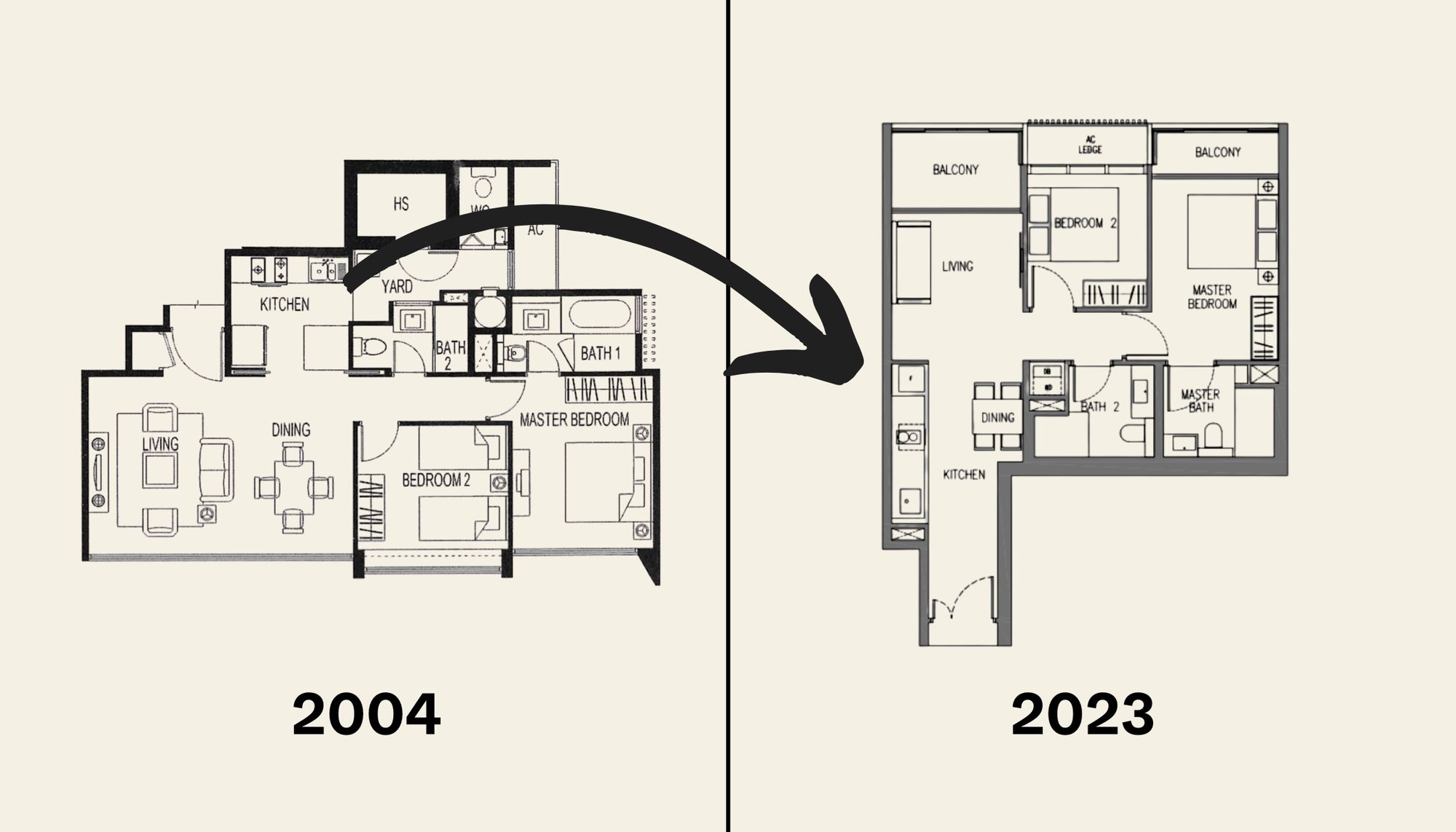
Property Trends The Room That Changed the Most in Singapore Homes: What Happened to Our Kitchens?
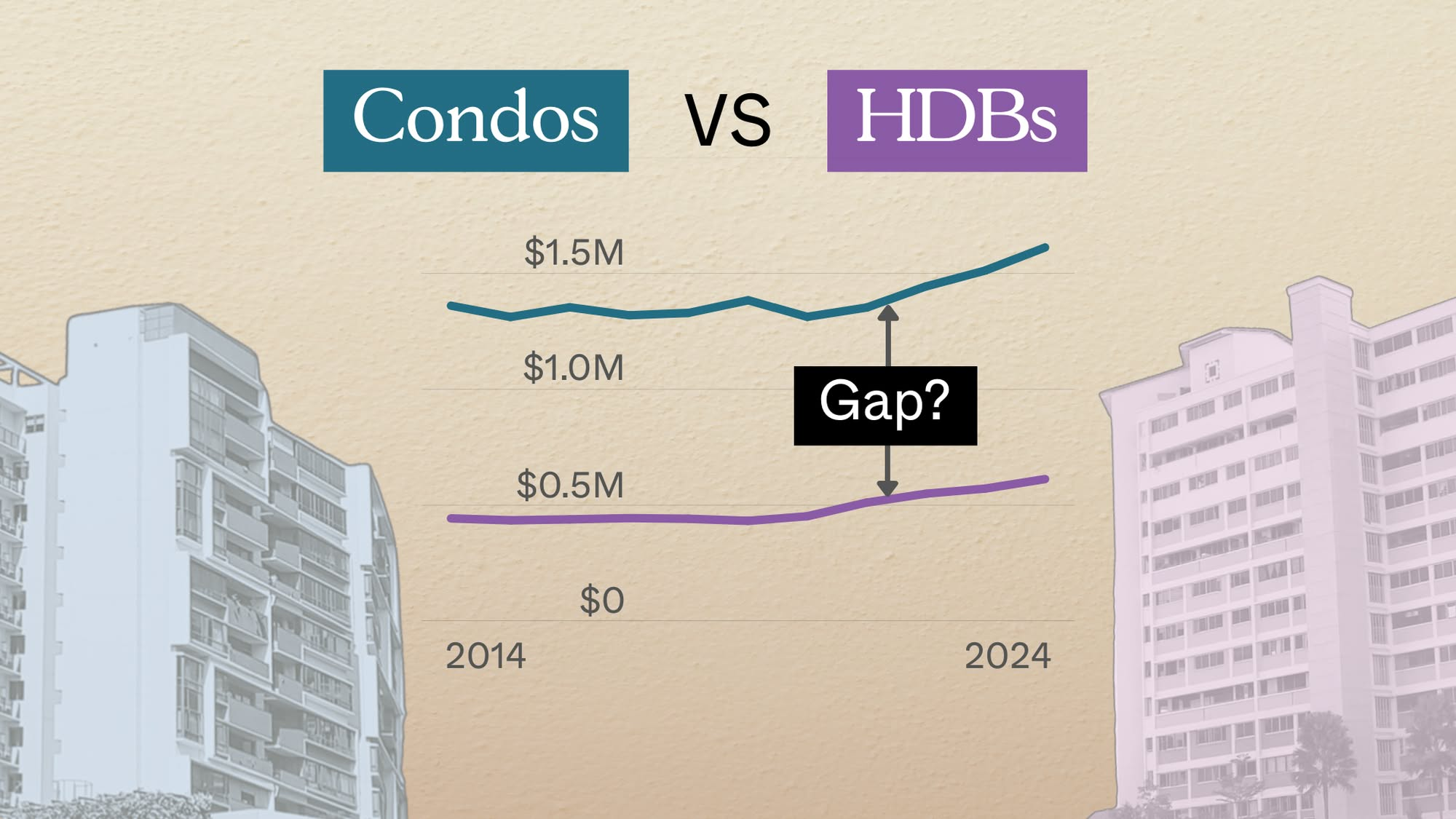
Property Trends Condo vs HDB: The Estates With the Smallest (and Widest) Price Gaps

Property Trends Why Upgrading From An HDB Is Harder (And Riskier) Than It Was Since Covid
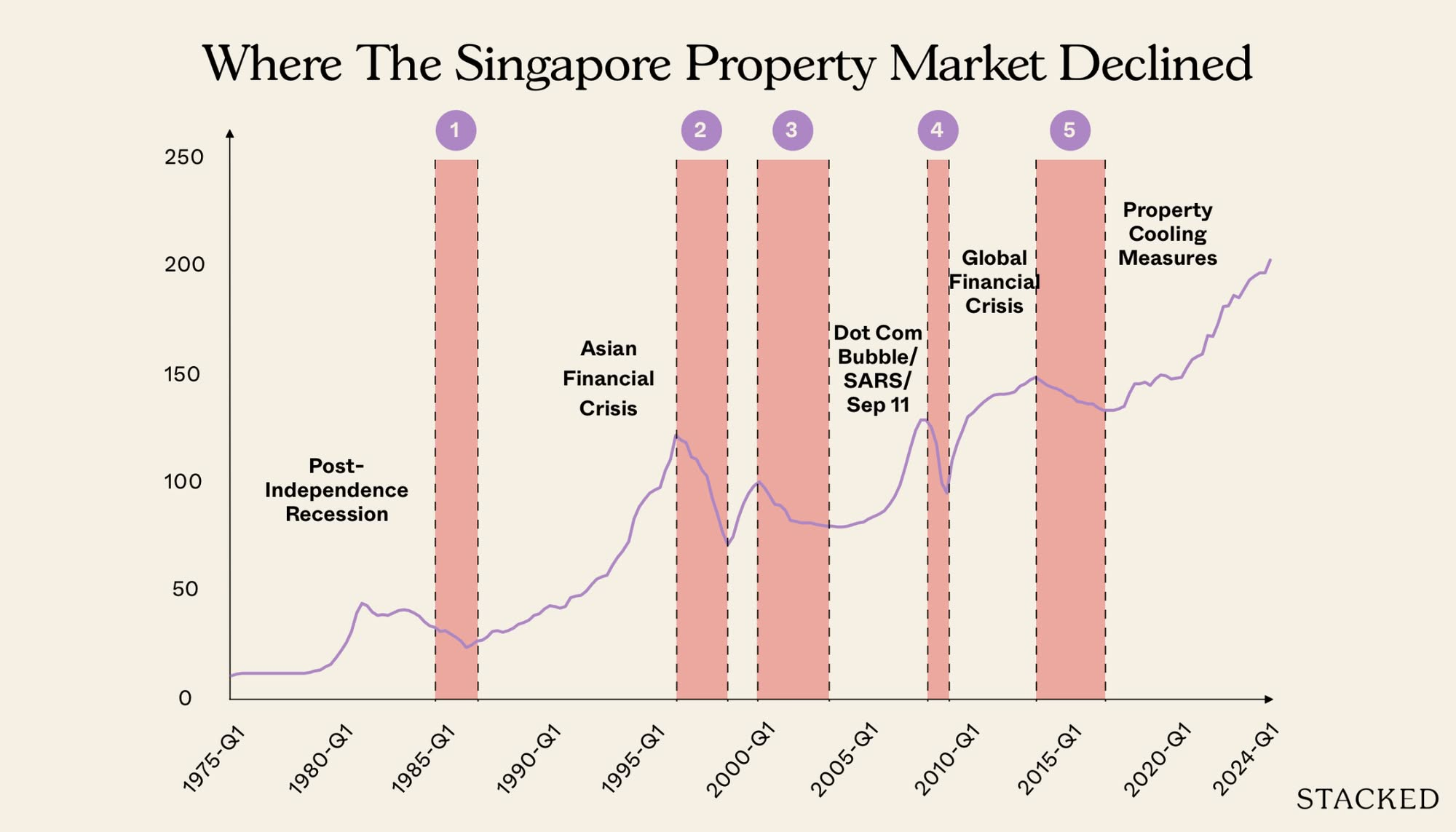
Property Trends Should You Wait For The Property Market To Dip? Here’s What Past Price Crashes In Singapore Show
Latest Posts

Editor's Pick 2025 Year-End Review Of The Singapore Property Market: What The Numbers Reveal

Pro This 21-Year-Old Condo Didn’t Sell Out Initially, Yet Became A Top Performer

Editor's Pick How The HDB Resale Market Performed In 2025, And What It Means For 2026 Prices

Editor's Pick 4 Key Trends Reshaping Singapore’s New Launch Condo Market In 2026

Editor's Pick What I Only Learned After My First Year Of Homeownership In Singapore

Singapore Property News Why More Land Doesn’t Automatically Fix Housing In Singapore

On The Market Here Are The Cheapest 4-Room HDB Flats in Central Singapore You Can Still Buy From $490K

Editor's Pick Should We Buy An Old 99-Year Leasehold Condo To Live In: Will It’s Value Fall When The Lease Runs Out?

Pro How A Once “Ulu” Condo Launched In 1997 Became A Top Performer

Editor's Pick I Reviewed A New Launch 4-Bedroom Penthouse At Beauty World

Property Market Commentary When Renting In Singapore Is The Smarter Move — And Buying Can Wait

Editor's Pick Why Singaporean Families Are Looking At This Landed Enclave From Around $4M

Singapore Property News Lentor’s First Condo Is Complete — The Early Profits May Surprise You

Editor's Pick A Wave Of New HDB Resale Supply Is Coming In 2026: Here’s Where To Find Them

Property Advice We Own A $800K 1-Bedder And A $1.1M 3-Bedder: Is It Possible To Upgrade To A 4-Bedder Condo?


